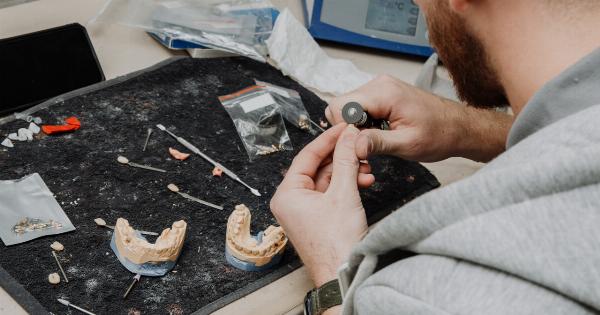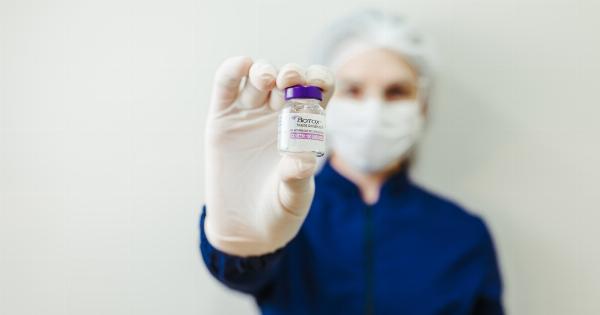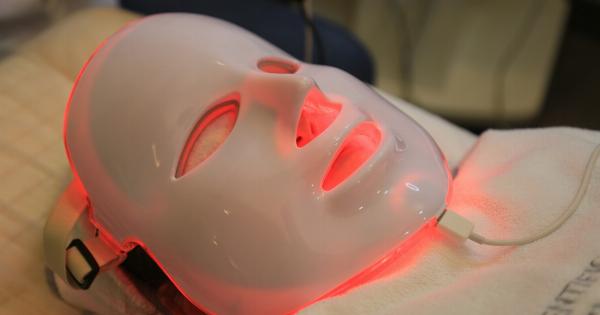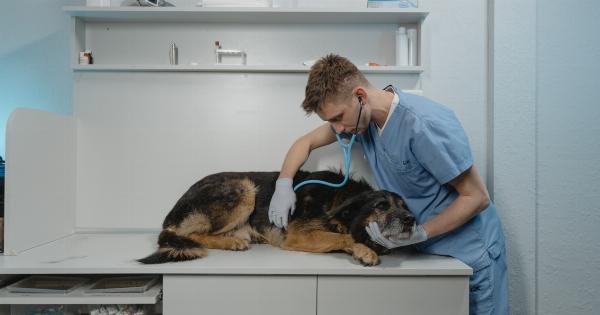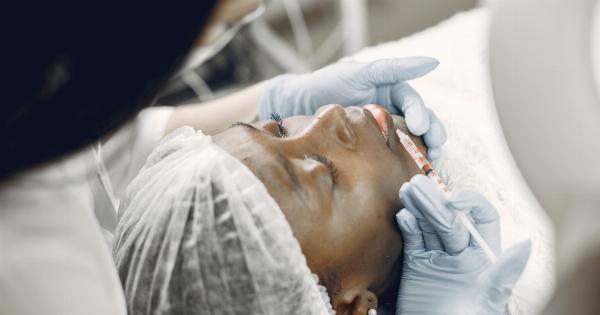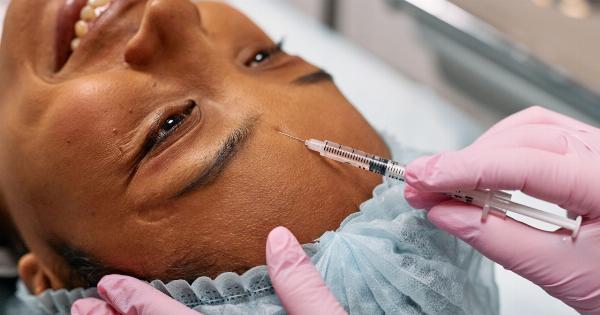Blepharoplasty is a cosmetic surgical procedure that involves the removal of excess skin, muscle, and fat from the eyelids to improve their appearance.
Over the years, new blepharoplasty techniques have been developed to make the surgery less invasive and reduce the risk of bleeding. In this article, we will discuss advanced blepharoplasty techniques that are both minimally invasive and bloodless.
Pinch Blepharoplasty
Pinch blepharoplasty is a minimally invasive technique that involves removing a small amount of skin and muscle from the lower eyelid.
This technique is suitable for patients with mild to moderate sagging of the lower eyelid, without significant excess skin or fat. The procedure is performed under local anesthesia, with no need for general anesthesia, and it takes approximately 30 minutes to complete. Since there is no cutting involved, the recovery time is significantly shorter than traditional blepharoplasty.
Laser Blepharoplasty
Laser blepharoplasty is a bloodless and minimally invasive technique that uses a laser to remove excess skin and fat from the eyelids. The laser seals the blood vessels as it cuts, which makes the procedure bloodless.
The laser also improves the precision of the incisions, resulting in less bruising and swelling. The laser energy also stimulates collagen production, which helps tighten the skin around the eyes. The recovery time for laser blepharoplasty is shorter than traditional blepharoplasty, and patients experience less discomfort and scarring.
Transconjunctival Blepharoplasty
Transconjunctival blepharoplasty is a minimally invasive technique that involves making an incision inside the lower eyelid. This technique is suitable for patients with excess fat in the lower eyelid, without significant sagging of the skin.
During the procedure, the surgeon removes the fat through the incision, and the skin tightens on its own. Since there is no cutting of the skin, there is less swelling, bruising, and scarring. The recovery time for transconjunctival blepharoplasty is shorter than traditional blepharoplasty, and patients experience less discomfort and downtime.
Ultrasound-assisted Blepharoplasty
Ultrasound-assisted blepharoplasty is a minimally invasive technique that uses ultrasound energy to liquefy and remove excess fat from the eyelids. The ultrasonic energy also tightens the skin around the eyes, resulting in a more youthful appearance.
The procedure is bloodless, and there is less bruising, swelling, and scarring compared to traditional blepharoplasty. The recovery time for ultrasound-assisted blepharoplasty is shorter than traditional blepharoplasty, and patients experience less discomfort.
Microneedling
Microneedling is a non-invasive technique that involves the use of a device with tiny needles that puncture the skin to stimulate the production of collagen and elastin.
This technique is suitable for patients with fine lines and wrinkles around the eyes, or for those who want to improve the texture and tone of their skin. Microneedling can be combined with other minimally invasive techniques, such as laser blepharoplasty, to enhance the results. The recovery time for microneedling is short, and patients can resume their daily activities immediately after the procedure.
Botox Injections
Botox injections are a non-invasive technique that involves injecting botulinum toxin into the muscles around the eyes to smooth out wrinkles and fine lines.
Botox is a temporary solution that lasts for approximately 4-6 months, and the treatment can be repeated as needed. Botox injections can be combined with other minimally invasive techniques, such as laser blepharoplasty, to enhance the results.
The recovery time for Botox injections is short, and patients can resume their daily activities immediately after the procedure.
Risks and Complications
Like any surgical procedure, blepharoplasty has risks and complications. However, these risks are minimized with advanced blepharoplasty techniques that are minimally invasive and bloodless.
Possible risks and complications include infection, bleeding, scarring, vision loss, and asymmetry. Patients should discuss the potential risks and complications with their surgeon before undergoing any blepharoplasty procedure.
Conclusion
Advanced blepharoplasty techniques have revolutionized the field of cosmetic surgery by providing patients with less invasive and bloodless procedures that offer quicker recovery times and enhanced results.
Whether you choose pinch blepharoplasty, laser blepharoplasty, transconjunctival blepharoplasty, ultrasound-assisted blepharoplasty, microneedling, or Botox injections, you can rest assured that you will get the best and safest procedure that suits your needs and preferences. The key to success is to choose a qualified and experienced surgeon who can guide you through the process and give you the results you desire.



